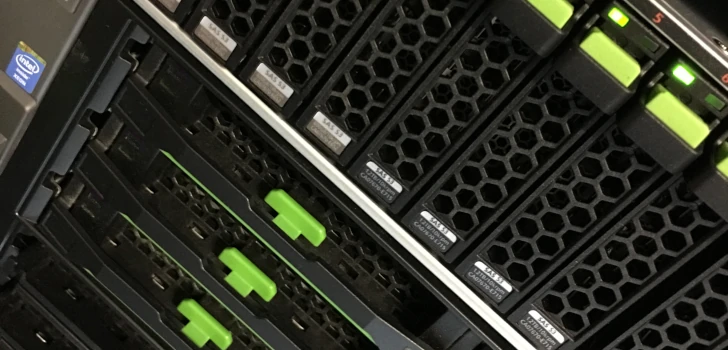
bootc 101: dalla container image alla tua distro personale
October 25, 2025 - Milano, IT
Read More 
October 25, 2025 - Milano, IT
Read More 
June 7, 2025 - Praha, CZ
Read More 
June 5, 2025 - Praha, CZ
Read More 
May 31, 2025
In the coming couple of weeks I’ll be heading to the Common Europe Congress (CEC2025), Flock 2025, and DevConf.cz 2025, some of the best community-driven events in the ecosystem. If you’re around, let’s catch up and share stories over coffee!
The Common Europe Congress is the largest educational convention for IBM Power users in Europe. This year it’s taking place at the Gothia Towers in Gothenburg, Sweden. I’ll be there from June 2nd through the 4th, and I have two sessions lined up:
Read More 
March 31, 2025
For a while now, I’ve been looking into optimizing and reorganizing some of the infrastructure that powers my self-hosting services. After evaluating a few alternatives, Scaleway’s Dedibox lineup caught my attention: it is a European company with good hardware and decent pricing.
However, as with every good solution, it is not perfect. Scaleway does not provide Fedora as an OS option for their Dedibox machines. They offer a decent selection, including Rocky Linux, Debian, and Ubuntu — but no Fedora. Now, if you know me, you know that Fedora is not just my distro of choice — it’s the one I trust for both personal and professional projects.
Read More 
January 31, 2025
The next few days are shaping up to be packed with open-source goodness! I’ll be heading to CentOS Connect, FOSDEM, and CfgMgmtCamp, three of the best events in the ecosystem. These conferences always include a great mix of technical talks, hallway conversations, and spontaneous meetups with friends—both old and new.
If you’re around, let’s catch up!
CentOS Connect (Brussels, January 31)
Although the event run yesterday and today, I’ll only be able to attend today.
CentOS Connect is a small but incredibly valuable event where the wider CentOS community (Fedora, CentOS, and all the Enterprise Linux distros) meets to discuss the space’s present and future.
It’s a great opportunity to meet contributors, learn about upcoming changes, and exchange ideas with people who shape the CentOS ecosystem.
I really like this event because its atmosphere is similar to Flock: very casual and more like a friends’ gathering than a conference.

October 31, 2024
We have had Nebula VPN within the Fedora repositories for a couple of years. A couple of months ago, I changed the default systemd service unit. More specifically, this is the change:
-ExecStart=/usr/bin/nebula -config /etc/nebula/config.yml
+ExecStart=/usr/bin/nebula -config /etc/nebula
Although the change is only a few characters, this change allows for a much more flexible use of Nebula.
Before this change, the configuration could only be placed in the config.yaml file.
After this change, all YAML files in the folders will be read, merged, and used as configuration.

October 26, 2024 - Milano, IT
Read More 
October 19, 2023
Over the last few years, I’ve moved many of my systems to Immutable versions of Fedora. One of the last systems still missing was my Hetzner Dedicated server. The blocking part for me was that Hetzner is not offering any Fedora or Immutable options.
However, Hetzner provides the Rescue System, which is a Debian system, so it is possible to leverage it!
After rebooting in Rescue mode: Go to Hetzner Robot. Select the proper server. Go to the “Rescue” tab. Click “Activate rescue system” after properly selecting the Public Key and keyboard layout. You can now reboot the machine, and after it boots back up, you can log in to the Rescue System.
Read More 
August 2, 2023 - Tivoli, IE
Read More